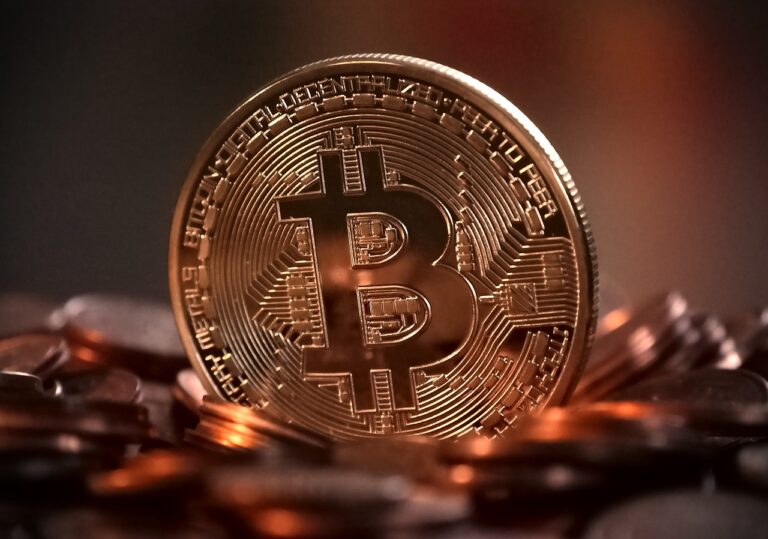The cryptocurrency ecosystem has introduced innovative ways for individuals and businesses to engage with digital assets. Among these mechanisms, on-ramps and off-ramps are crucial for bridging the gap between traditional financial systems and the digital economy. These tools enable users to seamlessly convert fiat currencies into cryptocurrencies and vice versa, supporting the broader adoption of blockchain technology. This article delves into the functions of on- and off-ramps, their applications, and their significance for the future of digital finance.
What Are On and Off Ramps and How Do They Work?
An on-ramp allows users to convert fiat currency, such as USD or EUR, into cryptocurrency. These services are essential for entering the digital asset market and are typically provided by platforms like cryptocurrency exchanges, payment gateways, and crypto wallet providers. By linking a bank account, credit card, or other payment methods, users can purchase digital assets like Bitcoin, Ethereum, or stablecoins directly.
Conversely, a crypto off ramp facilitates the exchange of digital assets back into fiat currency. These services are integral for those seeking liquidity or intending to utilize their cryptocurrency holdings in traditional markets. Off-ramps are also commonly offered by cryptocurrency exchanges, OTC (over-the-counter) desks, and specialized payment providers.
Both on-ramps and off-ramps are critical for ensuring a seamless user experience in cryptocurrency transactions. These services typically involve security measures like identity verification (KYC) and anti-money laundering (AML) compliance to ensure regulatory adherence.
Platforms like centralized exchanges play a significant role in providing these services, often offering users cryptocurrency sub accounts for easier fund management. Sub accounts enable individuals or institutions to segregate holdings and transactions, facilitating effective control over assets during on-ramp and off-ramp processes.
On-Ramp vs Off-ramp
When considering an off ramp vs on ramp, the primary difference lies in their functionality:
- On-ramp converts fiat to cryptocurrency, enabling users to access and invest in digital assets. These services cater to newcomers to the crypto ecosystem or businesses seeking to integrate crypto payments into their operations.
- Off-ramp converts cryptocurrency to fiat, catering to those who want to liquidate their holdings or access traditional financial systems.
While they serve opposite purposes, on-ramps and off-ramps share common goals of simplifying access to the crypto market and enhancing usability. Moreover, some platforms offering ramp services also integrate advanced features such as using a cryptocurrency sub account. These are usually crypto exchanges or enterprise-level ramp services where fund management is a priority. This function provides users with enhanced management tools and reporting capabilities.
Applications for On- and Off-Ramp Crypto and Their Future
Current applications cover:
- Retail users. Individuals use on-ramps to purchase cryptocurrencies for trading, staking, or investment purposes. They rely on off-ramps to cash out profits or cover expenses in fiat.
- Businesses. Enterprises leverage on-ramps to accept crypto payments, broadening their customer base by accommodating modern payment preferences. Off ramps allow businesses to convert received cryptocurrencies into fiat for operational needs.
- Institutional users. Financial institutions and crypto funds often employ on-ramps for asset acquisition and off-ramps for liquidity management. Features like crypto sub accounts are especially beneficial in this context, as they help institutions manage multiple portfolios or clients.
The role of on- and off-ramps in the crypto economy is poised to expand further. Key developments expected to shape their future include:
- Integration with traditional financial services. On and off-ramp providers are actively integrating with traditional financial institutions, including banks and payment service providers, to offer seamless fiat-to-crypto and crypto-to-fiat transactions. This integration aims to simplify access to digital assets for mainstream users while enhancing trust and regulatory compliance.
- Expansion of use cases. Beyond facilitating transactions, on and off-ramps are finding applications in new areas such as gaming, non-fungible tokens (NFTs), and cross-border remittances. Their ability to streamline entry and exit into the crypto ecosystem is opening doors to innovative use cases across diverse industries.
- Enhanced usability. User-friendly interfaces and integration with digital wallets are expected to make on-ramps and off-ramps more accessible to a broader audience.
- Regulatory clarity. As regulatory frameworks around cryptocurrencies mature, on and off-ramps will become more standardized, fostering greater trust among users and institutions.
- Cross-border payments. On and off-ramps will play a key role in facilitating global transactions, enabling seamless currency conversions and reducing reliance on traditional banking systems.
- Institutional adoption. The growing adoption of cryptocurrencies by large institutions will drive demand for sophisticated on-ramp and off-ramp services, including solutions tailored for crypto sub-accounts to meet diverse operational needs.
On-ramps and off-ramps are fundamental components of the cryptocurrency ecosystem, bridging the divide between fiat and digital currencies. By enabling seamless conversions in both directions, they support the broader adoption of blockchain technology across retail, business, and institutional sectors. The distinction between an off-ramp and an on-ramp lies in their primary functions, yet both are critical enablers of financial flexibility and accessibility.
On- and off-ramp services are expected to play a more prominent role in driving global adoption. With continuous advancements in technology and regulatory frameworks, their applications are set to expand, providing innovative solutions for managing digital assets. These developments explain the importance of ramp solutions in the future of digital finance, ensuring a seamless bridge between traditional and blockchain-based economies.

